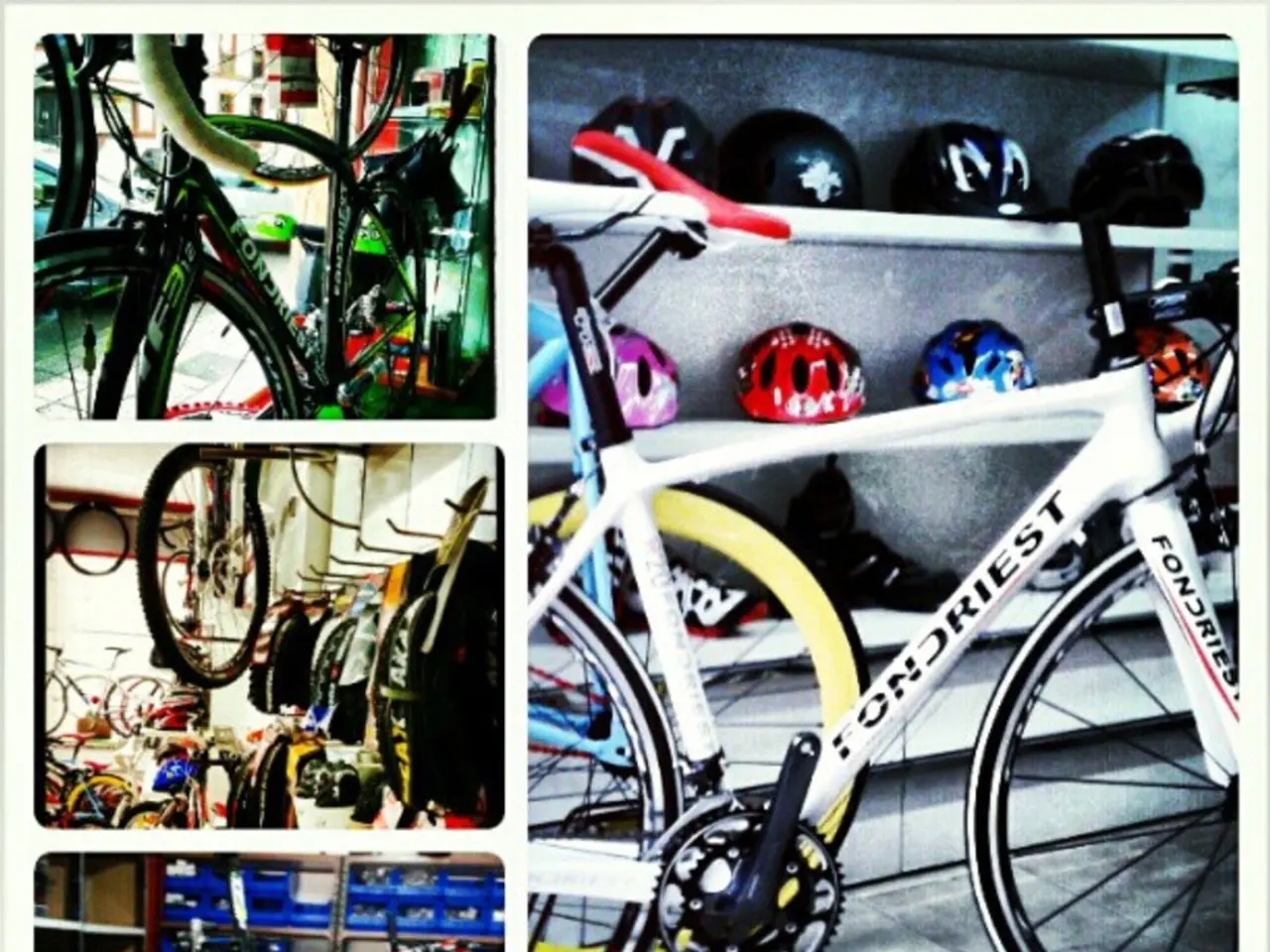Tech advancements that shaped the 2025 Tour de France competition
Aerodynamics Take Centre Stage at the 2025 Tour de France
The 2025 Tour de France witnessed a significant shift in focus, with aerodynamics taking centre stage across bikes, helmets, and apparel. This transformation was evident as top riders, including Tadej Pogačar and Jonas Vingegaard, opted for fully aero bikes even on the toughest climbs.
Aero Bikes Dominate All Terrain
Unlike previous years, lightweight climbing frames were no longer the preferred choice for mountains. Riders prioritised aerodynamic advantage over bike weight, as demonstrated by Pogačar's choice of the Colnago Y1Rs and Vingegaard's selection of the Cervélo S5 aero bike during high mountain stages. Teams were not deterred by the challenge of racing aero bikes with deeper wheels on extreme uphill stages, such as stage 18 with three hors catégorie climbs.
Innovations in Aero Bike Design
Ridley unveiled the third generation of their Noah Fast aero bike, designed from scratch for maximum speed and aerodynamic efficiency. This new model offered an 8.5-watt power saving at 50 km/h due to its aggressive geometry and fully integrated cockpit design, highlighting the importance of aerodynamics in modern racing bikes.
Helmet Innovations
Specialized aero helmets were extensively designed and tested in wind tunnels, tailored to individual rider positions and sprint styles. Teams and riders adopted multiple prototypes optimising airflow around the head and shoulders, addressing the challenge of maintaining aero benefits without compromising comfort and position consistency.
Aerodynamic Clothing ("Kit Hacks")
While less detailed publicly, multiple teams explored aero suit prototypes, working closely with aerodynamic engineers and academic labs to refine fabrics and cuts for minimal drag in both seated and sprinting positions. These "kit hacks" included fine-tuning suit geometry to adapt to each rider’s posture and maximise airflow efficiency.
System Thinking on Rider-Plus-Equipment Aero
Influenced by aero engineer Dan Bigham, teams began to view the rider and bike as a single aerodynamic system rather than separate elements. This mindset led to holistic improvements in posture, gear integration, and equipment synergy, driving the aero revolution visible throughout the 2025 Tour.
Key Aero Highlights
- Tadej Pogacar was spotted with a brand-new Met Trenta aero road helmet, focusing on improving ventilation and aerodynamics in a safer package.
- Pogacar used a Richard Mille-branded aero arm sleeve as an arm bandage cover after a crash on stage 11.
- Primoz Roglic and Red Bull-Bora-hansgrohe used a Specialized Shiv time trial bike with shallow wheels for the mountain time trial on stage 13.
- Ben O'Connor opted for a blacked-out version of the Giant Propel Advanced SL, stripped down for stage 10's mountain TT, and rode it to victory on Col de la Loze.
- Many teams opted for aero bikes instead of traditional separate bikes for climbing, flatter stages, and time trials.
- Remco Evenepoel chose a lightweight Specialized Shiv time trial bike with Roval Rapide CLX III wheels and a new bike fit for the mountain time trial on stage 13.
GC Riders' Crankarm Choices
Among the GC riders, Pogacar and Evenepoel opted for 165mm crankarms, while Vingegaard experimented with 150mm and settled on 160mm for the 2025 Tour de France. Ben O'Connor and Team Jayco AlUla adopted a similar approach, with a paintless Giant Propel Advanced SL and smaller rotors for the mountain time trial on stage 13.
In sum, the 2025 Tour de France marked a watershed moment where aerodynamics trumped traditional priorities like bike weight. Riders and teams adopted aero bikes, helmets, and skinsuits optimised through scientific testing and custom tailoring, revolutionising how riders and equipment interact to minimise drag and maximise speed. The era of "aero at all costs" truly arrived on the grandest stage.
Smartphones Document Aero Innovations on the Race
Photographers and journalists captured numerous instances of cutting-edge aero technology on smartphones, uploading images for instant global dissemination. One such photo, featuring Pogačar's Colnago Y1Rs, garnered over 10 million views within hours.
Athletes Embrace Wearable Tech and Smart Gadgets
In tandem with the evolution of bicycle and clothing technology, some riders embraced wearable tech and smart gadgets. devices like heart rate monitors, GPS tracking, and power meters became essential for monitoring performance metrics, while smartwatches offered additional insights into cadence, elevation, and pedal smoothness.




